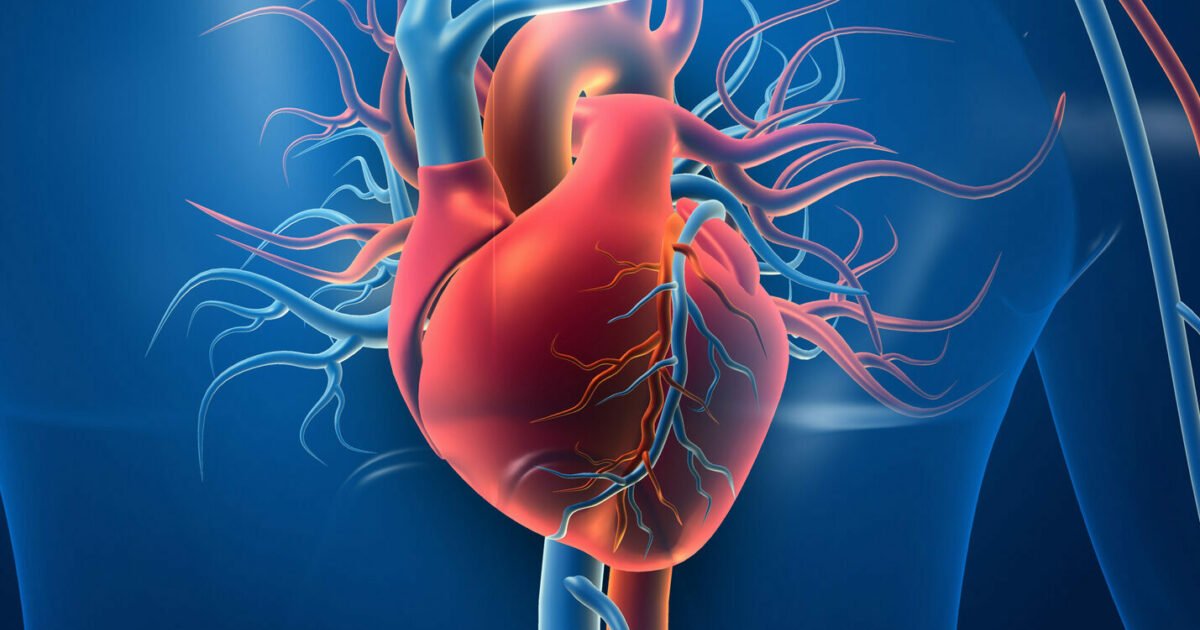Regulatory support to accelerate drug development through translational medicine
October 25, 2022 | Tuesday | Views | By Dr Kausik Maiti, Senior Medical Director, Safety Medical Sciences, Parexel
Translational research in medicine has been linked to accelerating approval and commercial success for new diagnostics and therapies
The focus on healthcare has received its due recognition around the world, especially over the last two years. The stark realisation that a biological threat can come from anywhere in the world has been proven beyond doubt and in response translational research has been brought to the forefront globally.
Translational research is the process of using the learnings obtained from basic scientific research to develop clinically useful therapeutic candidates. In other words, transitional research connects different stakeholders with the objective of addressing medical ailments more effectively through promoting “bench research-to-bedside and from bedside-to-community”.
Seeing the benefits associated with translational research in medicine, the United States established the National Center for Advancing Translational Sciences (NATS) to integrate innovative translational research activities from academic institutions to the industry. Similarly, the Government of India (GoI) has made investments in the Translational Health Science and Technology Institute in 2010 with the objective of promoting fundamental research with a multidisciplinary approach.
Sticking to the basics of sharp medical research
Translational medicine encompasses new discoveries, innovations, technologies, medical devices and policy-based research to address medical problems more effectively. In other words, scientific communities around the world modify translational research to suit their needs and socioeconomic conditions. An example of how translational research benefited the community at large is when Merck and Pfizer were able to take their anti-programmed death ligand 1 (PDL1) program (avelumab) through FDA approval for metastatic Merkel cell carcinoma.
It’s becoming clear therefore that using data gained during the preclinical stages of development — such as translational pharmacokinetics/ pharmacodynamics (PK/PD), disease model validation, molecular characterization of retrospective human materials through biobanks and bioinformatics — is an effective approach to de-risking clinical development of a new drug, identifying a better patient population and optimizing study design. Additionally, insights drawn from translational research are also supportive of developing adaptive clinical trial designs using biomarkers, which could provide early evidence of therapeutic success.
The rise of a new era of clinical research models
In a world currently focused on precision medicine, predictive analytics-supported drug discovery and development and business model innovation, clinical research has also show significant improvement in research strategy and tactics. The latest innovation added to the list is a ‘Translational Precision Medicine approach’.
The Translational Precision Medicine model is based on multi-omics profiling, digital biomarkers, patient-centric companion diagnostics and biomarker-guided trial designs. The key success factors of Translational Precision Medicine could be considered to be (i) the successful translation of mechanisms of action from research to early clinical development, (ii) the back-translation from late clinical development insights to drug discovery, i.e. from bedside-to-bench, (iii) data-driven mechanism-indication pairing, and (iv) the development of patient-tailored companion diagnostics and precision medicines.
India moves forward in Translational Research
It’s heartening to see that there has been a sincere start in the right direction by the GoI, in addition to NATS. The Standford India Biodesign (SIB) programme was implemented in 2007 by the Department of Biotechnology (DBT), Ministry of Science and Technology (MoST); All India Institute of Medical Sciences (AIIMS), New Delhi; and the Indian Institute of Technology, Delhi (IIT-D) in association with universities in Australia and Japan. The objective of this partnership was to develop affordable, accessible and available medical technologies for the Indian population. Over the last decade, these institutions have been able to develop around 50 prototypes that are in various stages of clinical trials followed by 50 medical devices developed by IIT-D, 15 technology transfers and nine medical technologies transferred to a start-up India programme. Apart from basic biomedical research, the Central Drug Standard Control Organization (CDSCO) is also trying to reform rules for approval of investigational new drugs, innovations, new interventions, clinical trials and new medical devices as per the current requirements.
The government is currently working with the respective institutions and regulators to identify translational gaps in the transfer of knowledge from basic research to product development OR clinical research. Utilizing this approach they will be able to remove any limitations and support these institutions in developing holistic solutions through research-based outcomes for the wellbeing of the larger society.
Dr Kausik Maiti, Senior Medical Director, Safety Medical Sciences, Parexel










